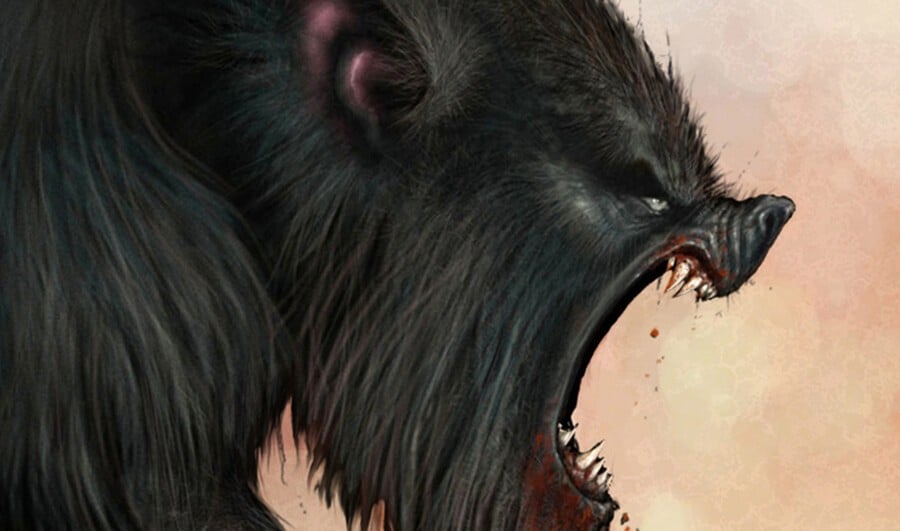
Earlier this year, Ziggurat Interactive rereleased the 2003 mech-based shooter Battle Engine Aquila across PlayStation 4 and PlayStation 5.
Originally developed by Lost Toys, a studio created by a group of former Bullfrog developers, the game was only one of two titles the company released during the years it was active, with the other being a Marble Madness-inspired game called Ball Breakers (known as Moho in Europe) that was released across PlayStation, Windows, and Dreamcast.
As we discovered earlier this year while speaking to the Lost Toys' co-founder Glenn Corpes, these weren't the only titles the company was working on behind the scenes, however, with the Guildford-based studio also having been hard at work on developing two other projects that never saw the light of the day.
The games preservation website Games That Weren't previously documented the first of these games, Stunt Car Racer Pro, in quite a bit of detail over on its website, making it slightly redundant for us to go over all of the details about that project again. So, as a result, we wanted to focus on the second title we heard about, a werewolf game called Feral, which seems slightly fitting given the Halloween season is fast approaching. Feral, as far as we're aware, hasn't been covered in any great detail before, though the YouTube channel PtoPOnline did manage to dig up a prototype video roughly five years ago, and a piece of concept art.
According to Corpes, the title was in development in 2003, around the same time that the studio was pitching Stunt Car Racer Pro to different publishers and used a modified version of the same engine. The project was being led by Darran Thomas (another of Lost Toys' co-founders who worked on Bullfrog's Hi-Octane and the PlayStation port of Syndicate Wars) and was being considered for release on PC (and potentially Xbox and PS2).
It focused on a story about a man who has spent years as a werewolf, and featured artwork from Mike McCarthy, who would later end up working on Fable II at Lionhead and would also contribute to the look of Fable III and Fable Legends.
"The reason it was called Feral is that you'd gone feral," said Corpes. "You'd basically spent so much time as a wolf that you'd almost forgotten you were a human. So, from there, you would have to kind of figure out what's going on.
He continued, "The whole idea was that you were going to have three states. You were going to be either a wolf, a person, or a werewolf. The werewolf was basically going to be able to climb around environments like Spider-Man, but would be attacked by everything, whereas a human would be able to go wherever he wants.
"The wolf, meanwhile, would be similarly able to go wherever it wants. But you'd be able to see smells and track things down."
As Corpes told us, his job was to help with programming the werewolf's traversal system, but he also had some potential suggestions for the story. This included introducing a morally ambivalent figure like John Constantine from Alan Moore's mid-80s run on Swamp Thing, who would serve as a guide for the player.
"I was a big fan of Alan Moore's Swamp Thing," said Corpes. "And my favourite character was John Constantine, not from Hellblazer, but when he was first invented for Swamp Thing. Because he comes in and you don't know whether he's a good guy or a bad guy. And he sort of holds the fact that he knows what Swamp Thing is over Swamp Thing's head and uses it to make him do stuff.
"So I wanted to have this character that was a complete rip-off of John Constantine as featured in Swamp Thing. And that would be the person giving you missions and stuff. And he's somebody that knows how werewolves work, but you don't. All you know is that you've suddenly turned back into a man."
Several renders were made of the game, as well as a teaser video showcasing a strange combination of settings that ranged from a medieval-style castle to the streets of Tokyo. We asked Corpes, if he could remember how these two distinct locations were connected, but he couldn't quite recall, suggesting it may have just been a test from the very early stages of the project.
Following that conversation with Corpes, however, we were able to get in touch with David Cathro — another artist who worked on the project (LinkedIn/Artstation) — who seemed to indicate that time travel would have been involved via portals found throughout the game inside of a large creature's mouth.
Cathro even had a rough concept illustration of what this portal would have looked like, alongside a bunch of other artwork from the project that he freshly scanned for us that showed off a blacksmith forge, the headquarters of a group called the Inquisition, a tavern, and a mission hospital:

In case you're wondering why the game never saw the light of day, it all seems to come down to publisher interest, with Feral — much like Stunt Car Racer Pro - failing to catch the attention of potential investors who could help keep the company afloat.
As a result, the co-founders ended up winding down Lost Toys in the beginning of October, with a small team, including Jeremy Longley, continuing to work on a PC port of Battle Engine Aquila — the safest bet to help recoup some of the money that the studio owed to the bank.
Looking at the project and caliber of who was involved (Glenn Corpes, for instance, is the often overlooked co-creator of Populous), we would have loved to see this project advance to a later stage, with Mike McCarthy and David Cathro's artwork really shining, especially when it comes to the more medieval setting. What do you think? Let us know in the comments!
